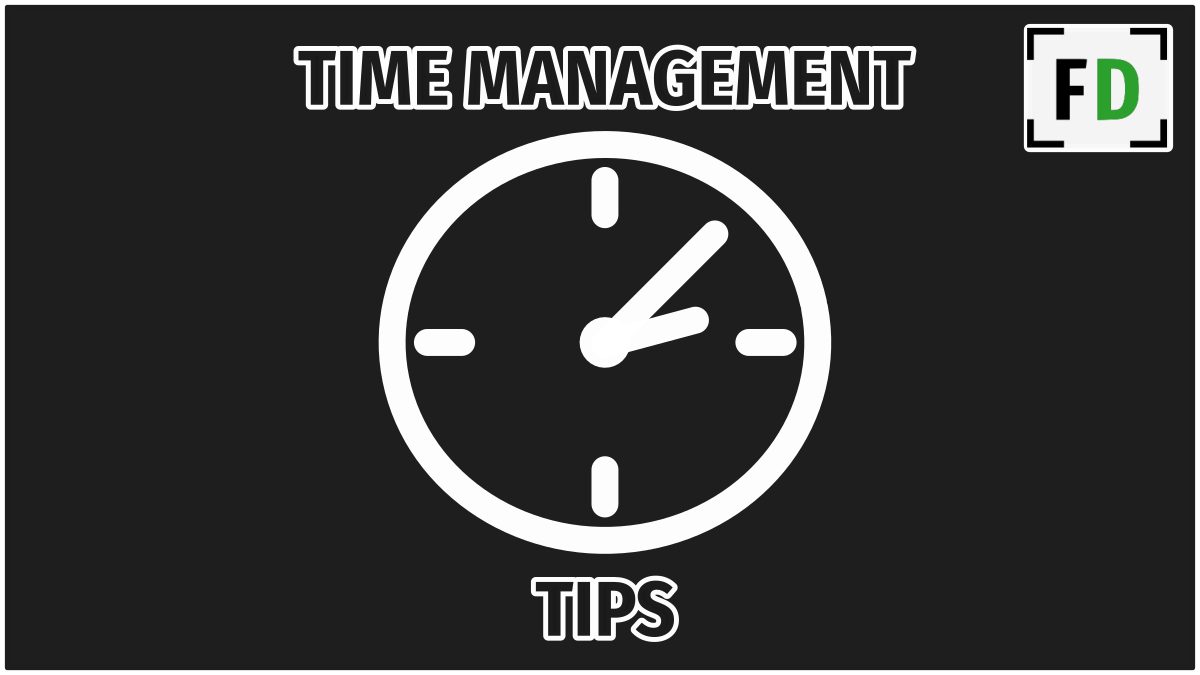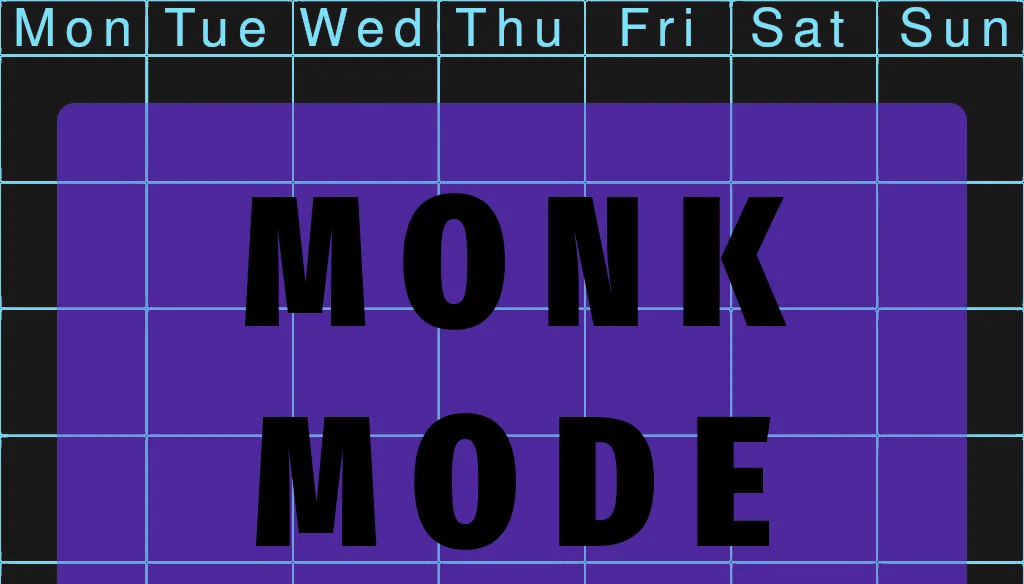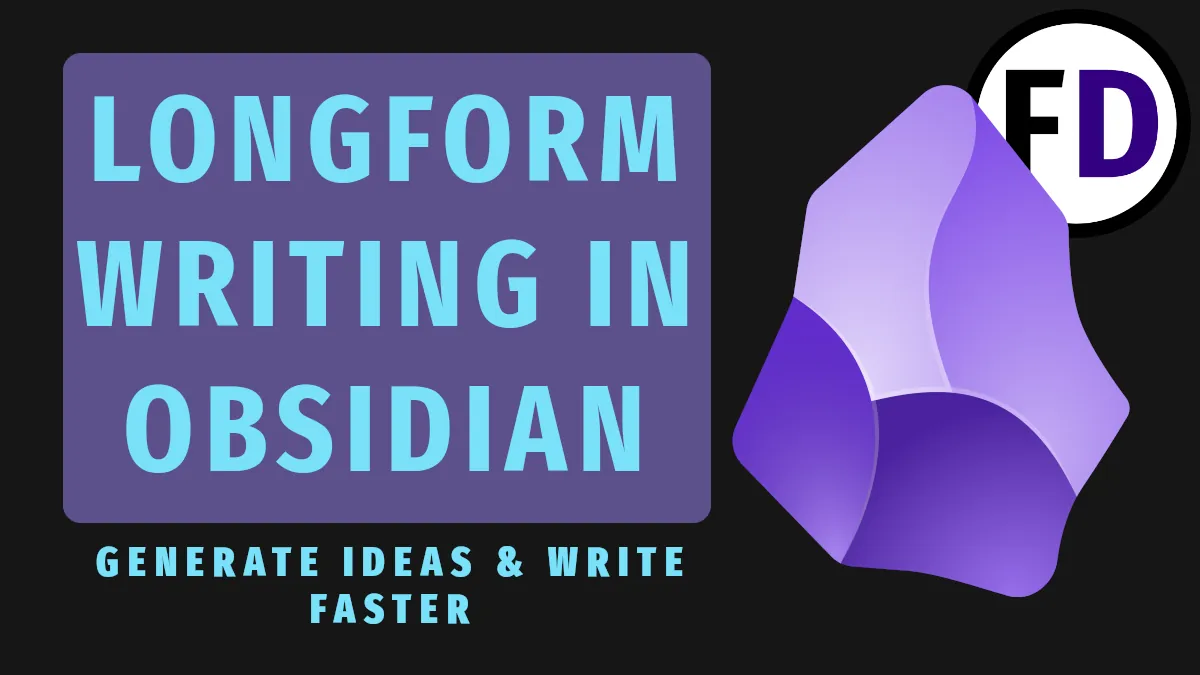It’s been about 3 weeks since I switched out my GTD habit of 15 years for a bullet journal. I bought a nice dotted notebook with a purple cover and set it up just as Carol Ryder suggests. After a good start I’ve been struggling with bullet journaling this week.
This is the 3rd part in a series called GTD to BUJO
I Stopped Bullet Journaling
The truth is I’ve hit a bit of a roadblock with the bullet journal. In fact I haven’t written anything in it for a week.
I’m not exactly sure what happened, I set up a new writing schedule in it at the start of my second week and had one of the smoothest, productive weeks in a long time. But the this week everything seemed to just fall apart and my productivity went with it.
In this post I’m going to try to dissect what happened and how to get back on track and so that you don’t make the same mistakes I made.
My Best Week Bullet Journaling
First I want to talk about why last week felt so good, before I started struggling with bullet journaling. There are definitely lessons to be learned there. Let me compare it with a normal day on GTD.
I don’t have any discretionary time till the afternoon on weekdays. After lunch I check my action lists, usually there are a huge number of options. Let’s say I was going to spend the afternoon working on this website. On my @Home (in Simpletask) list I may have tasks to research upcoming posts, tasks to write new posts, tasks to edit posts, tasks to take photos for new posts. I may also have other tasks concerning SEO, marketing, social media, google etc etc.
From that long list of tasks I would choose something to do. I might think to myself “I’m running low on new content, best to write a new article.” So I’d choose one of the tasks to write a new article, take my laptop and get writing.
Don’t get me wrong, this works. I’ve worked like this for many years and have consistently gotten things done. Choosing which task to do out of a long list can be a little bit daunting and sometimes draining but it gives me the option of adapting what task I do to the way I’m feeling. If I’m feeling a little bit unfocused, I might choose taking photos over writing. If I’m feeling verbose or analytical I might choose writing or editing.
David Allen advises against creating a plan for yourself which may end up being phony because we live in a world where the best plan for the day can be destroyed in a single email.
I made a plan.

In my bullet journal I planned out the posts I would write for the week and the previously written posts I would edit and take photos for. I did this on Sunday and the scheduled out what I would do each day throughout the week.
Normally I wouldn’t do this for the reasons stated above but as I’m not on GTD any longer I thought I had better not let GTD limit the way I use the bullet journal. In a way this is very similar to creating a daily list, but scheduled out over the week and for only one project.
I then executed the plan exactly as I had …err planned. And every day seemed like less work, less stress and yet I was still getting everything done. Why is that?
Guilt and Stress
I realize now that although GTD has helped me maintain a consistent rate of work for many years it has brought with it a constant feeling of guilt. The guilt of not doing more. Say, I write a new article and check it off my action list, rather than feeling happy with myself that I’d completed a task and written a new post that (hopefully) people will find useful. I’d feel guilty that I still have 10 other articles to write on that list and 8 articles to edit and dozens of other tasks.
No matter how much I did, there was always more to do and the feeling of guilt that I could have done more.
I don’t think this is necessarily a flaw in the GTD system, it’s probably more of a personal problem that I have, but GTD has exacerbated it.
Contrasted with the week I had last week and the value in having a weekly plan seems self-evident. I gave myself a task or two to do each day (concerning the website) and after I finished them I stopped, no guilt or stress. Actually I felt quite pleased with myself, knowing you’ve done everything you set out to do that day is a great feeling. Something I never felt on GTD.
The Takeaway
The way to make this work is to ask this question, “What would I have to complete to be happy with myself this week?” Then what every the answer is take it and divide between the days of the week. Make sure you complete each day as you planned and refrain from trying to do more (which if you’re anything like me is the natural instinct.) Sure you could do more but if you get what you planned done you would be happy. There’s no need to do more because more wont make you happier.
In fact it’s completely the opposite. Once you open up the idea that you could do another task, what’s to say you couldn’t do another and another? Without a clearly defined finish line in place, there is always the possibility of doing more, which brings with it a feeling of guilt when you decide not to do more.
Even if you did three times what you had planned out for yourself, you should be pretty please with how much you did, but instead you’ll feel that you could have done one more task. Do you keep piling on more and more waiting for that feeling of contentment to wash over you? Then it never does because you never defined the finish line and while your action list still has tasks on it you wont get there.
Instead, do what you need to do and no more and take pleasure in a job completed.
- Decide what you need to do for the week.
- Split it into daily tasks.
- Complete each days tasks and no more.
- Be Pleased that you completed your tasks
How to end the Bullet Journaling Struggle?
That week had gone so easily and so smoothly that I thought I’d be able to repeat it easily without the need to plan the tasks for the week. I’d just use the same template with the next load of writing, editing and photos. But it didn’t play out that way. On Monday, rather than slipping straight into writing my first article of the week like the week before, I fretted over which to write. I half wrote something and changed my mind and started something else.
I didn’t finish that article either and felt behind the next day. Each day I started off trying to catch up by finishing the incomplete tasks from the day before which just sapped my motivation for doing the task for that day. By the end of the week I had multiple incomplete tasks and seriously thought about doing a quick mind-sweep and jumping back on GTD. I was really struggling.
After sticking through the week and writing this article I do feel that if I planned next weeks tasks the way I should have done last week, I could have another awesome week.
I wonder if the Bujo community has a phrase equivalent to David Allen’s “An unused system is not a system.” because if I want to get the benefits from using a bullet journal then I need to use my bullet journal.








